Today, there are interesting updates from the Southern Caucasus.
Here, Russian soldiers are being deployed to Armenia to put pressure on both Azerbaijan and Armenia and keep the region within the Russian sphere of influence. In response, mass protests have erupted, and Armenia started tightening its ties with the West and seek security guarantees.
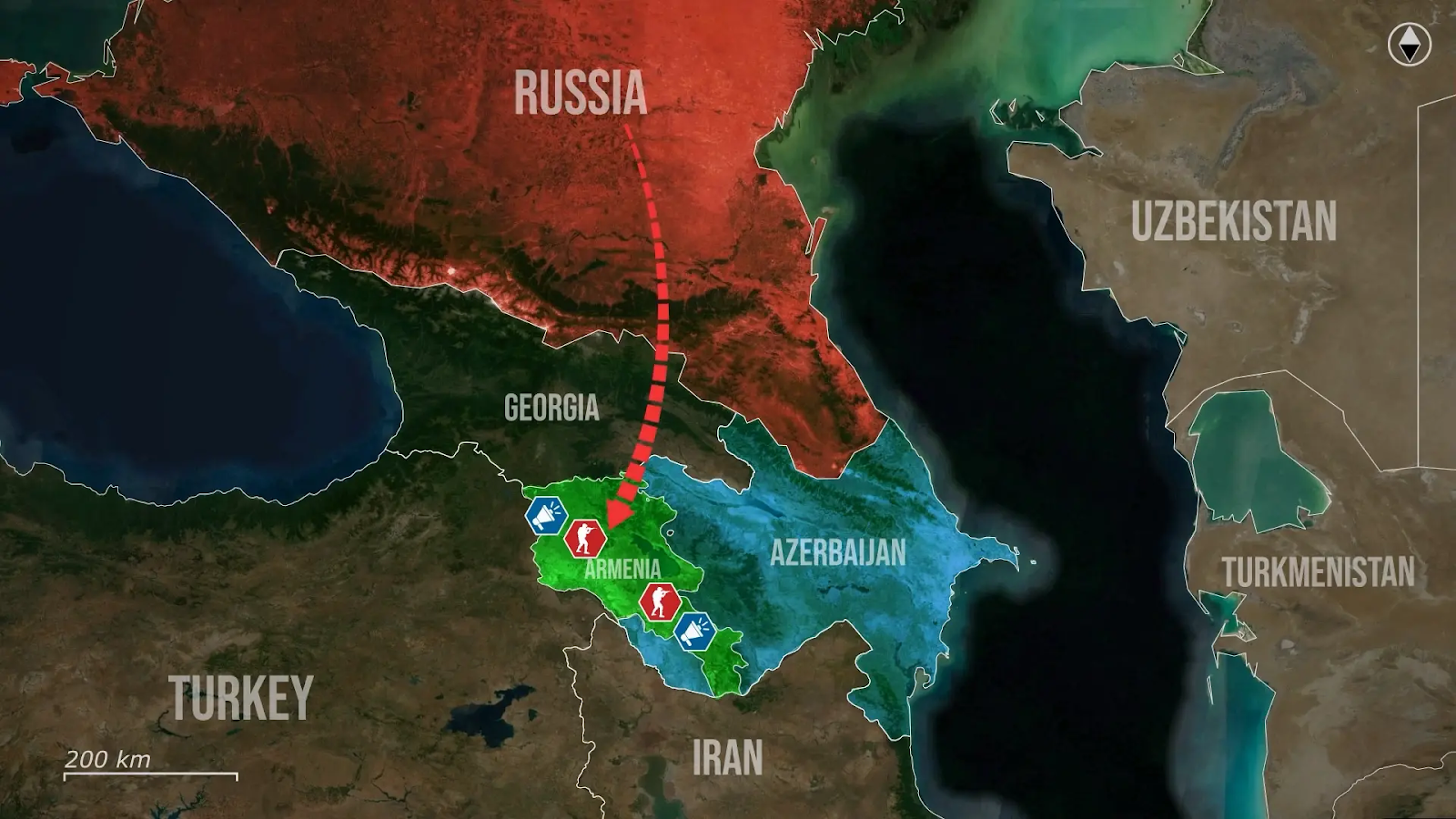
In Armenia, a wave of change is building as public sentiment shifts sharply against Russian influence, with protests already erupting in several cities in the past several months. New protests are planned for Armenia’s Independence Day on August 23rd, targeting both the Russian military base in Gyumri and the membership in the CSTO, Russia’s security bloc modeled after Nato. These rallies, organized by pro-European parties and backed by opposition-minded citizens from Gyumri and Yerevan, reflect a growing understanding among Armenians that Russian military presence brings risks rather than security.
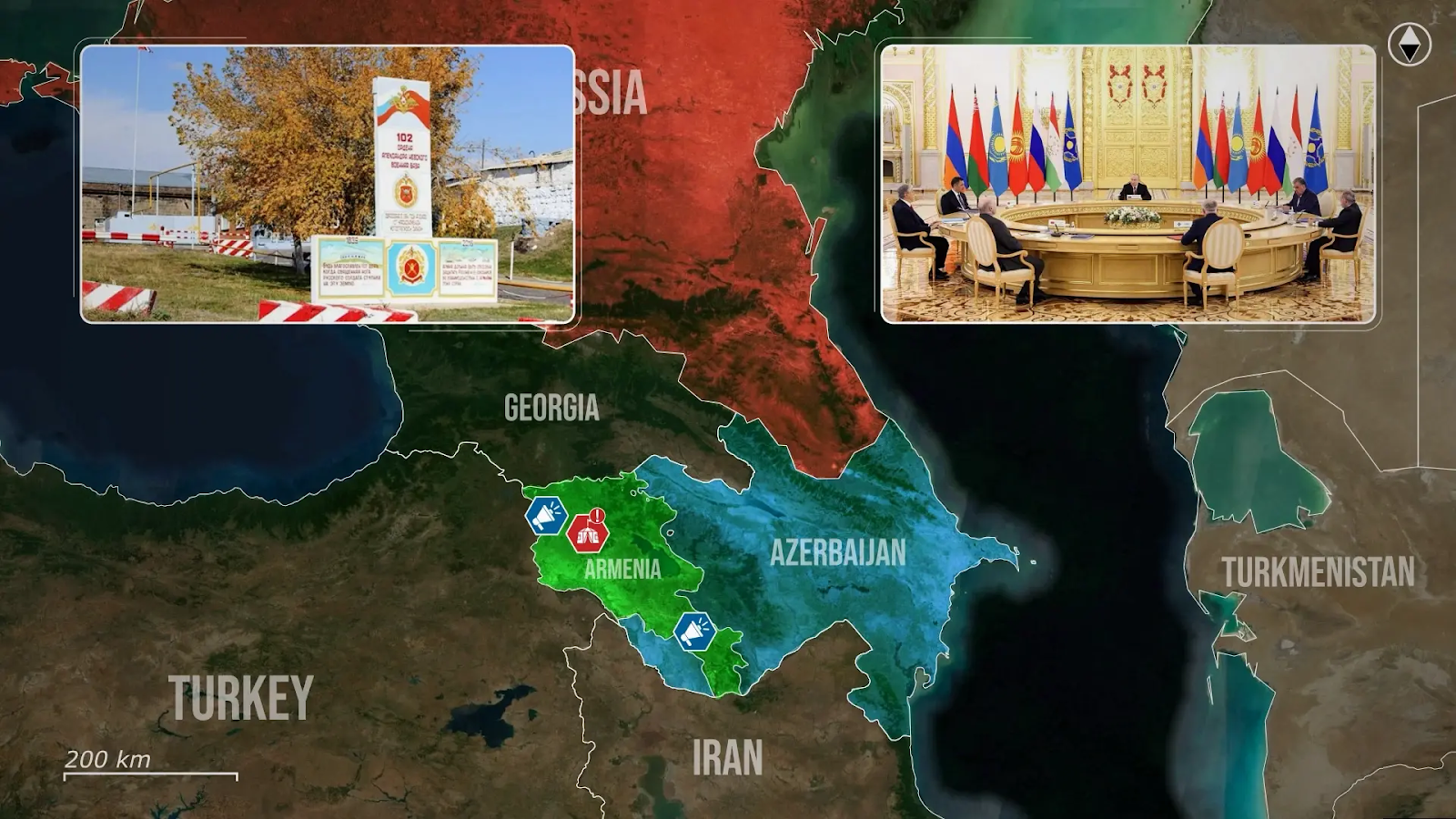
Even with historic grievances against Azerbaijan, many now see Moscow’s deployments, which serve as a threat to Azerbaijan itself, as a way to entrench Russian power rather than defend Armenian interests. With the pivotal 2026 parliamentary elections approaching, pro-Western forces are using this discontent to galvanize support, countering the usual Russian narratives of Russophobia and Western plots.
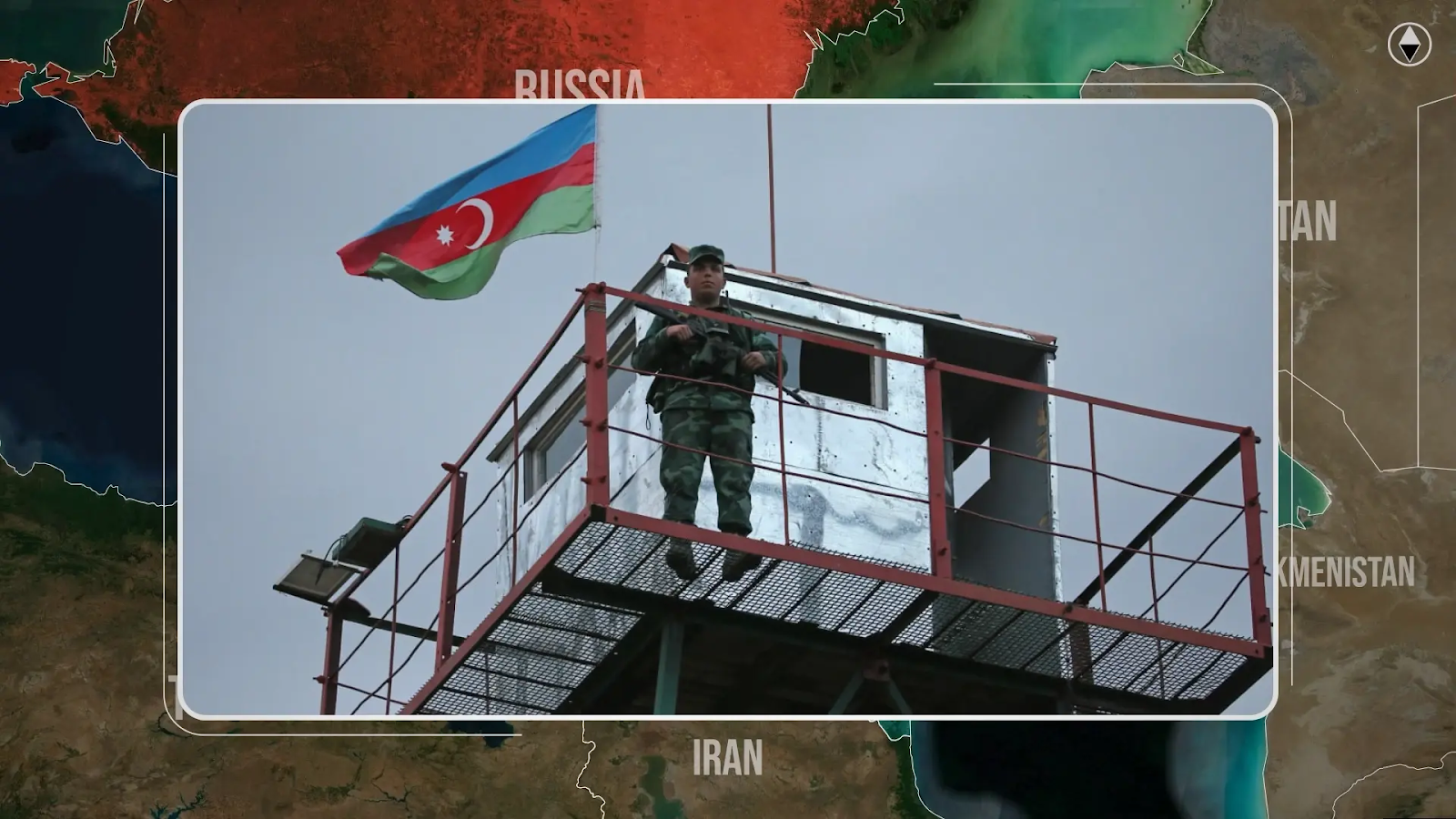
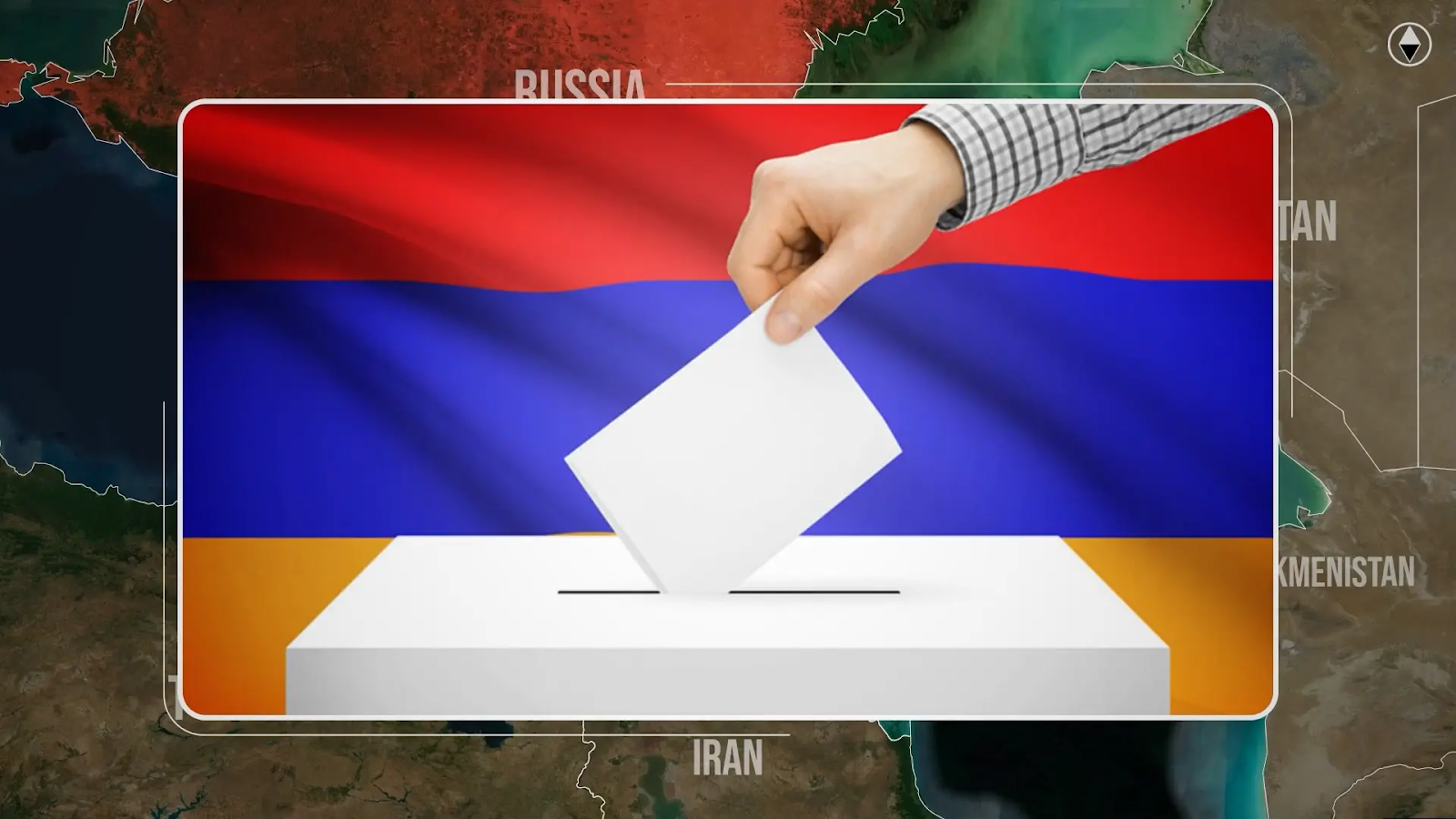
This pivot toward the West is driven by both disappointment and necessity. Russia’s inaction during Azerbaijan’s last offensive, with Russia too occupied with the war in Ukraine to help, shattered the illusion of Moscow as a reliable ally. A recent poll shows that half of Armenians are ready to join the European Union, with increased security as the leading perceived benefit. Although the EU is not a military alliance, many believe its economic leverage over Azerbaijan offers a better deterrent than Russia’s ineffective peacekeeping missions, as Azerbaijan too seeks to shift more toward favoring the West.
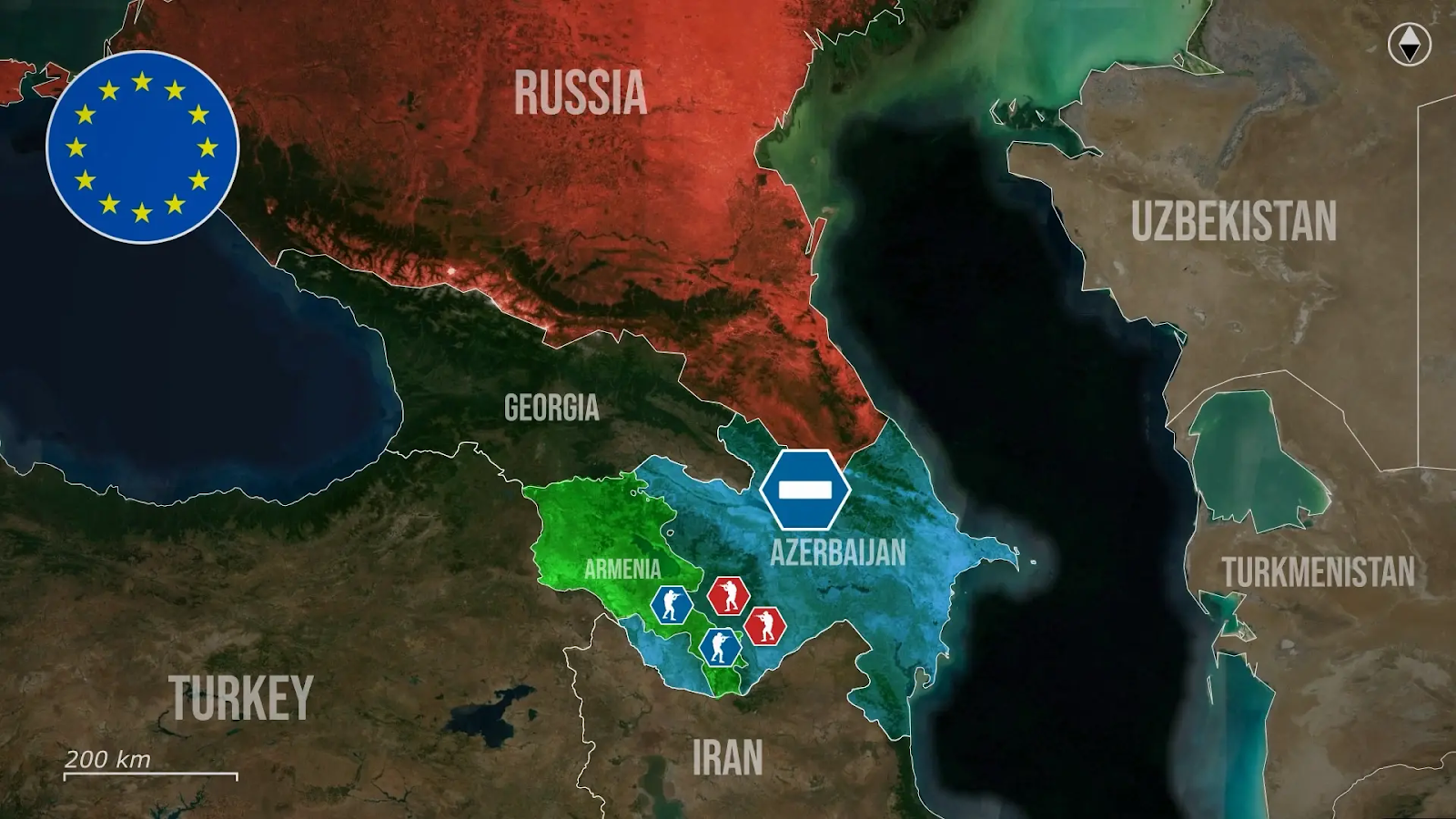
Economic growth ranks second among public expectations, with EU membership requiring withdrawal from the Eurasian Economic Union. While that would present regulatory and logistical challenges, Armenia’s geographic position could make it an important node in future transit corridors linking Europe and Asia.
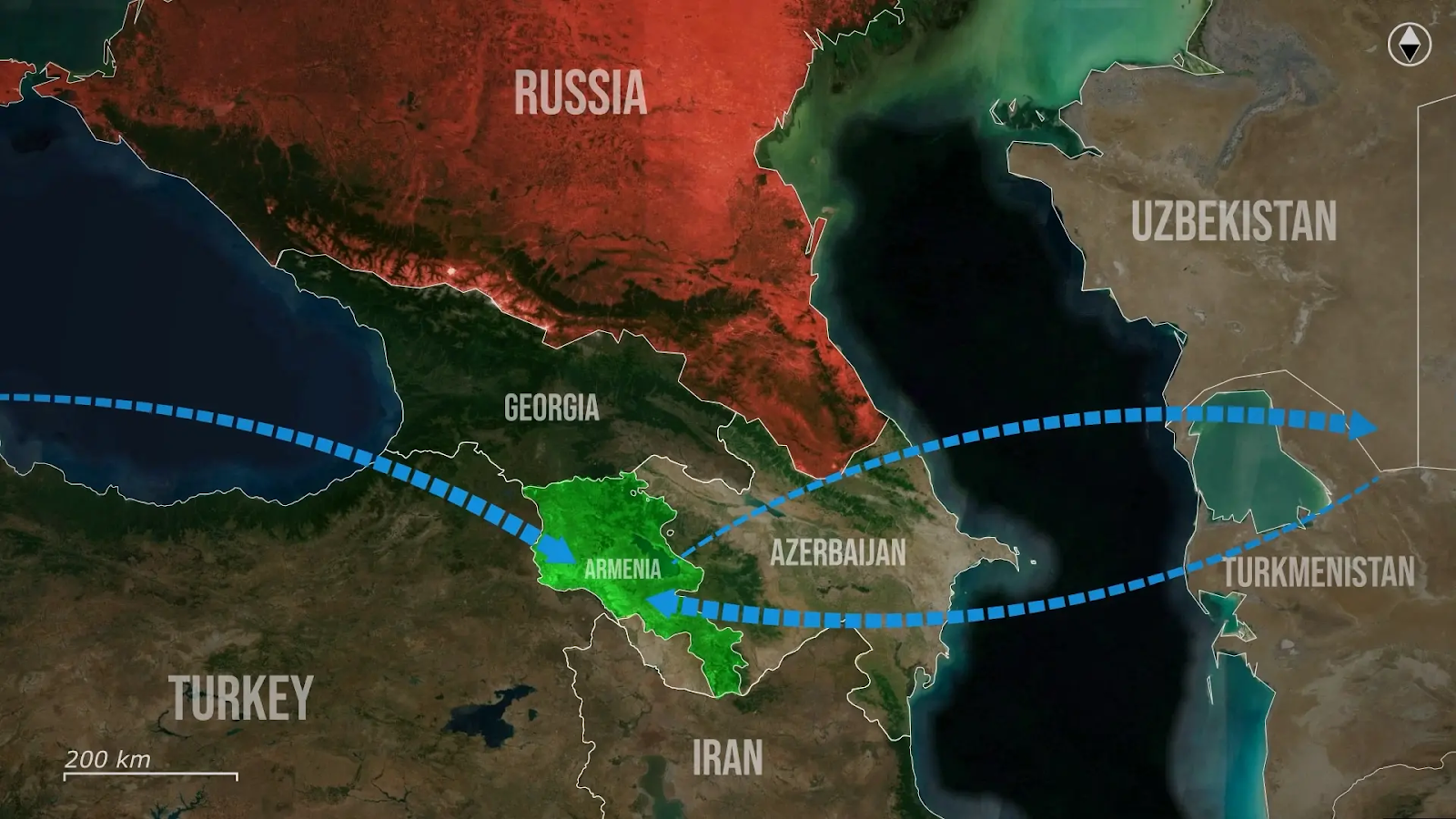
Ties with Brussels are already deepening, as EU foreign policy chief Kaja Kallas recently visited Armenia’s capital, meeting with Foreign Minister Ararat Mirzoyan to announce official EU Armenia defense consultations. The meeting followed Mirzoyan’s absence from a CSTO gathering, underlining Armenia’s continued distancing from Moscow.
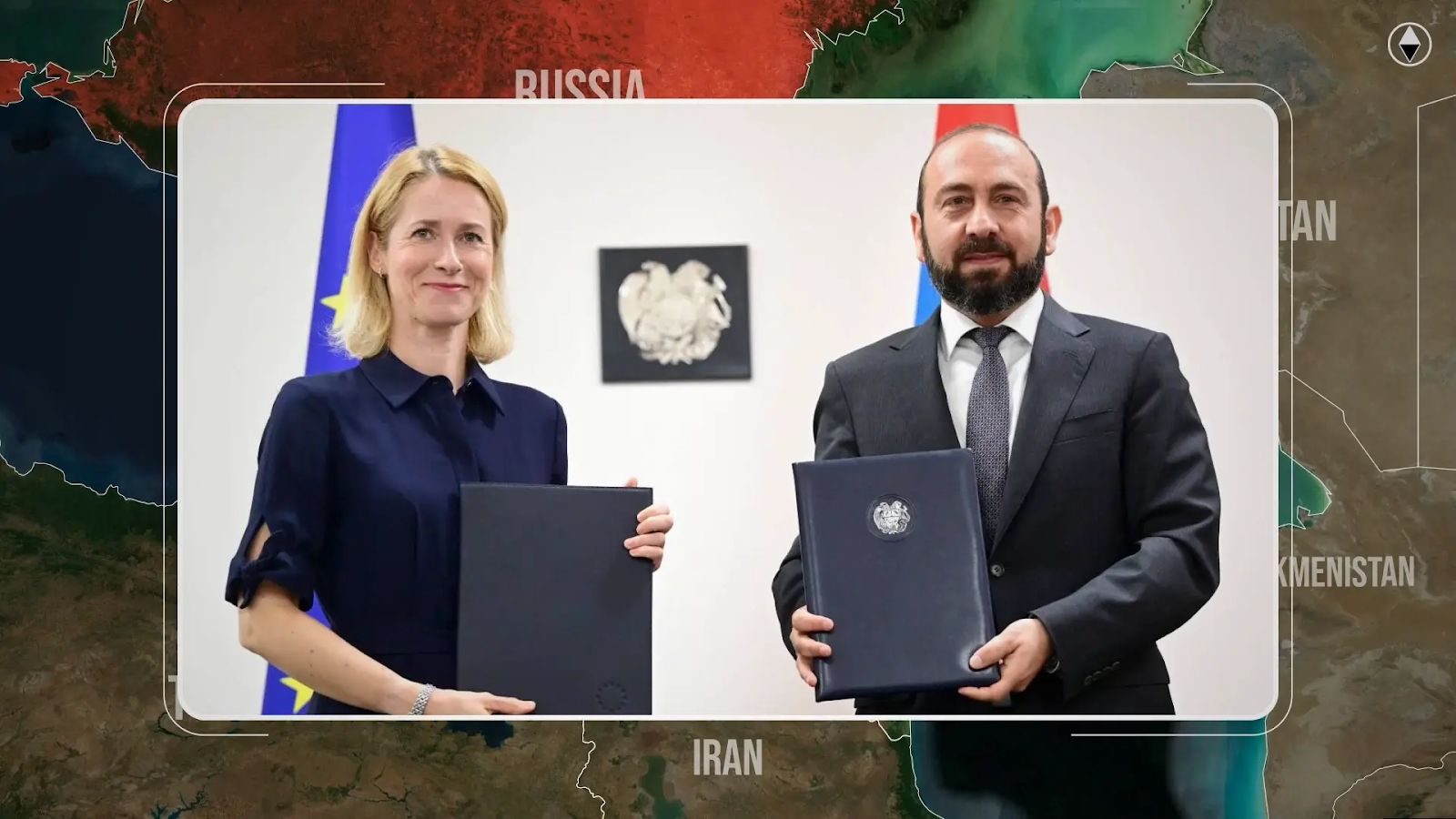
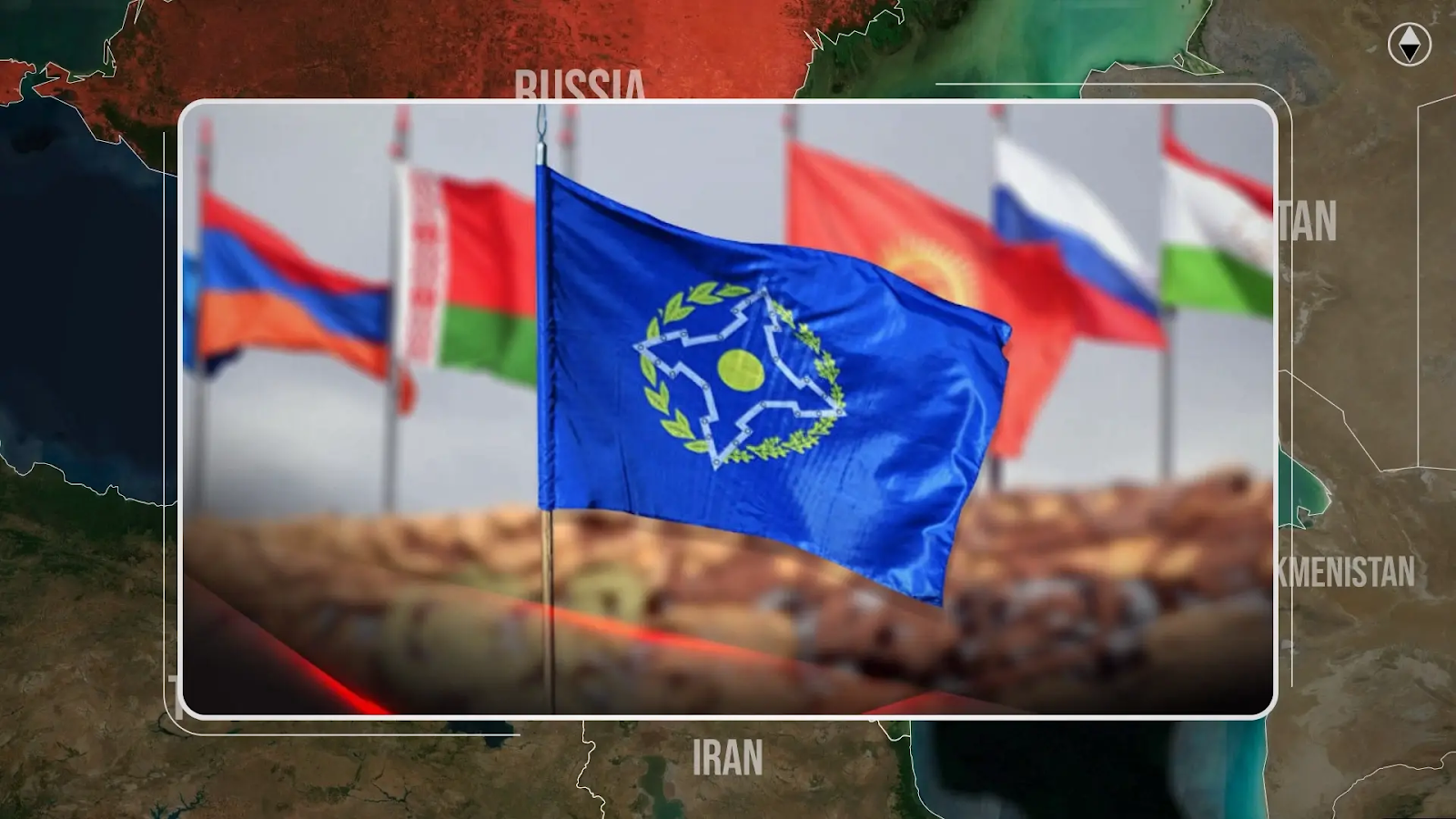
Discussions covered market integration, combating disinformation, and Armenia’s role in future projects, while Kallas pushed to strengthen Europe-Central Asia links. This comes amid ongoing tensions over the Armenian Church, with Mirzoyan accusing Russian Foreign Minister Sergey Lavrov of meddling in internal Armenian affairs through its religious bodies, in a similar fashion to what happened in Ukraine prior to 2014.

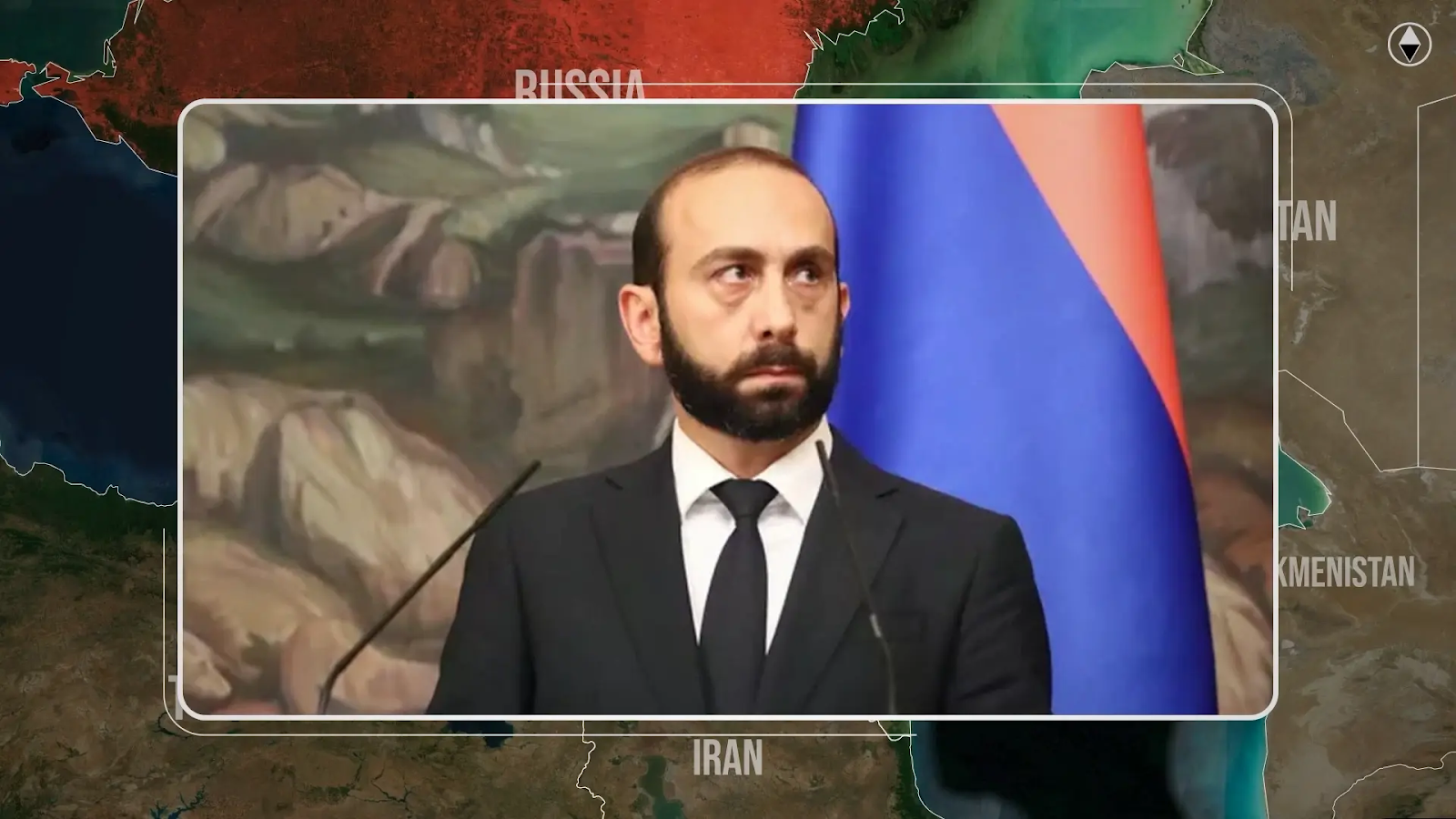
The EU has reinforced its commitment by extending its civilian monitoring mission in Armenia for two more years, signaling long-term engagement. Brussels has also allocated 33 million Euro in humanitarian aid for those displaced from Nagorno-Karabakh, the region Armenia and Azerbaijan are fighting over, and is exploring defense funding through the European Peace Facility. Though Armenia has not formally applied for EU membership, recent legislative moves and the start of a visa liberalization dialogue point toward that trajectory.
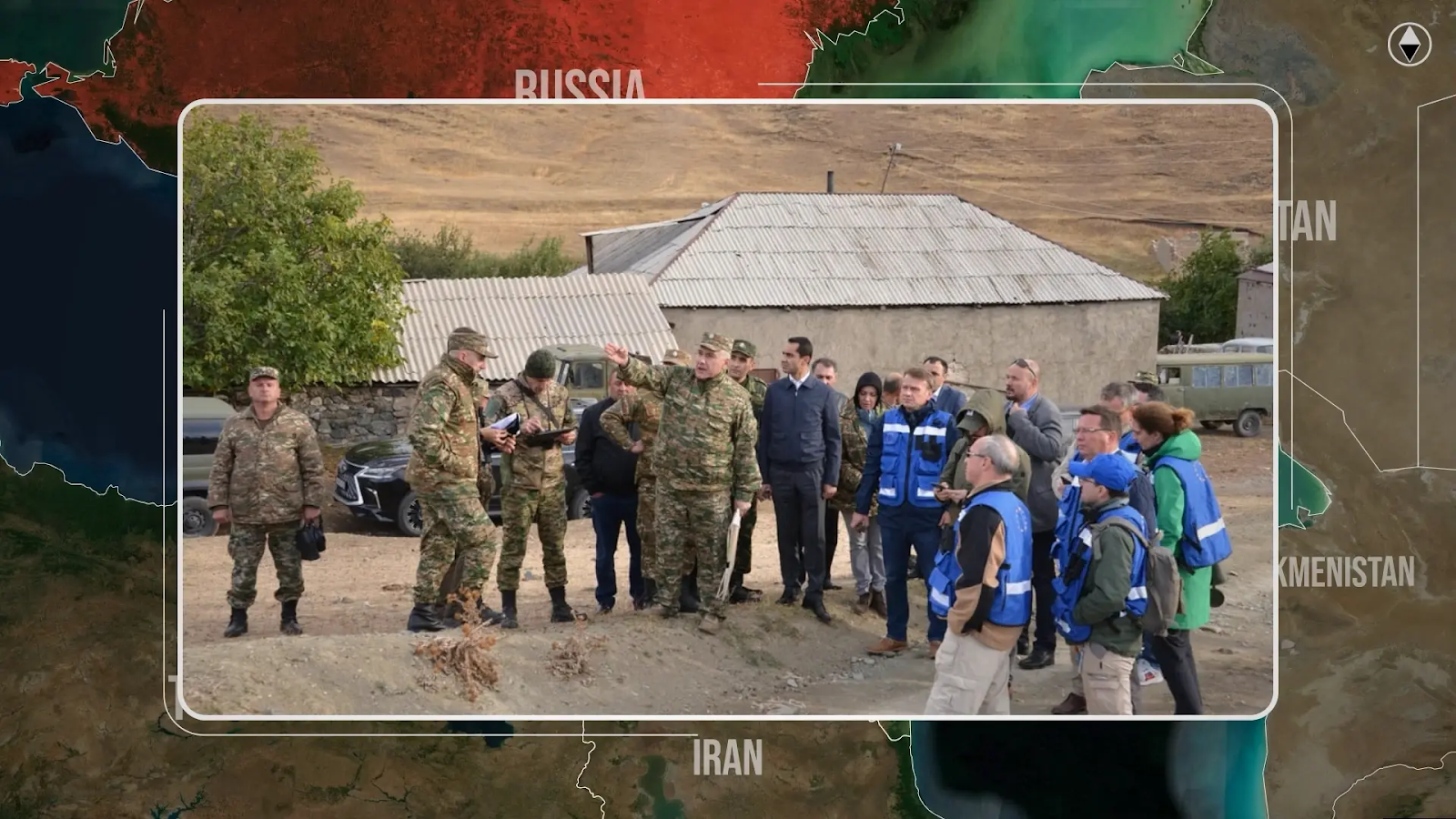
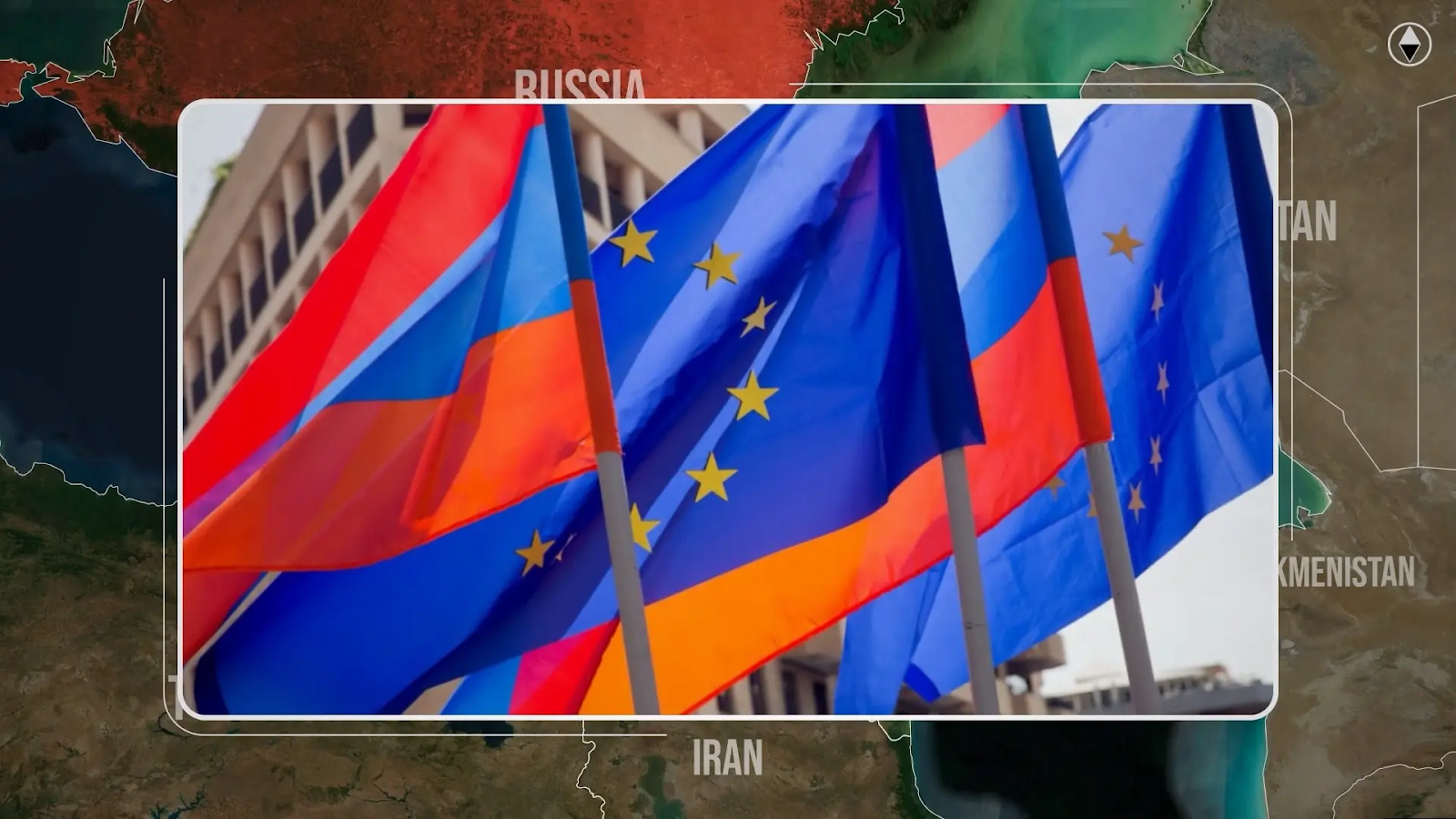
Parallel to the European track, military cooperation with the United States is expanding, as Armenia will host the Eagle Partner 2025 exercises this month with U.S. forces and the Kansas National Guard, focusing on peacekeeping and evacuation missions. Now in their second year, these drills have become an annual event, embedding U.S.-Armenian military cooperation as a fixture. While small in scale, the symbolism is powerful: Armenia is openly welcoming Western military presence as an alternative to Russian security guarantees that have consistently failed them.

For the United States, this is an opportunity to anchor influence in the South Caucasus, a key energy and transit hub, while offering Armenia training and operational experience.
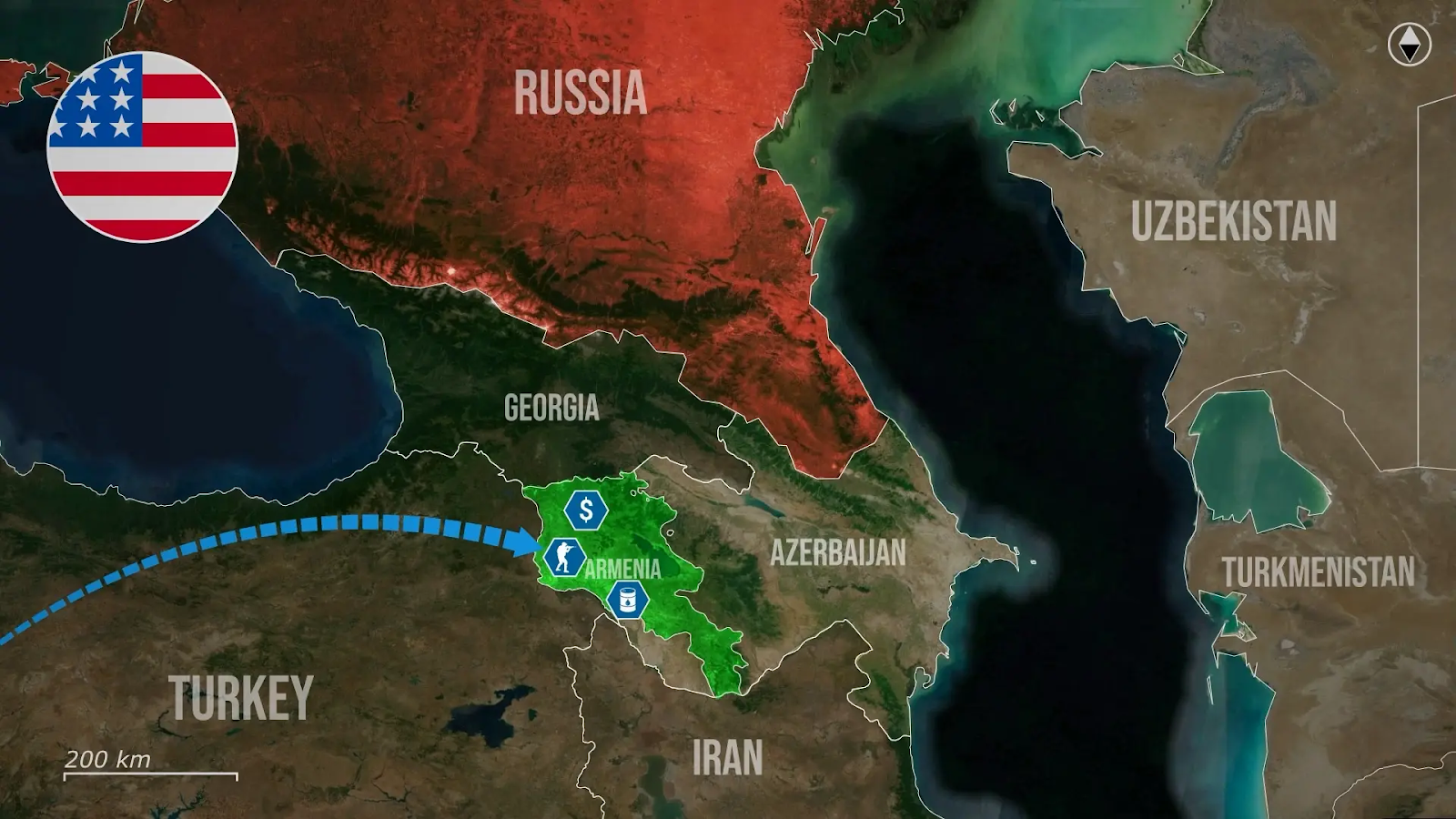
Overall, what we are witnessing is a decisive phase in the rollback of Russian dominance in the South Caucasus. Even rivalry with its neighbor Azerbaijan does not trump this decision making process, recognizing that Russia cannot be counted on as long as they fully occupy themselves with the war in Ukraine. With the EU and US now actively involved, Armenia’s shift away from the Russian orbit is accelerating. In a region where Russia once dictated outcomes, Yerevan is positioning itself as a democratic, reform-oriented partner for the West, seeking security diversification, economic development, and political sovereignty in a rapidly changing geopolitical landscape.









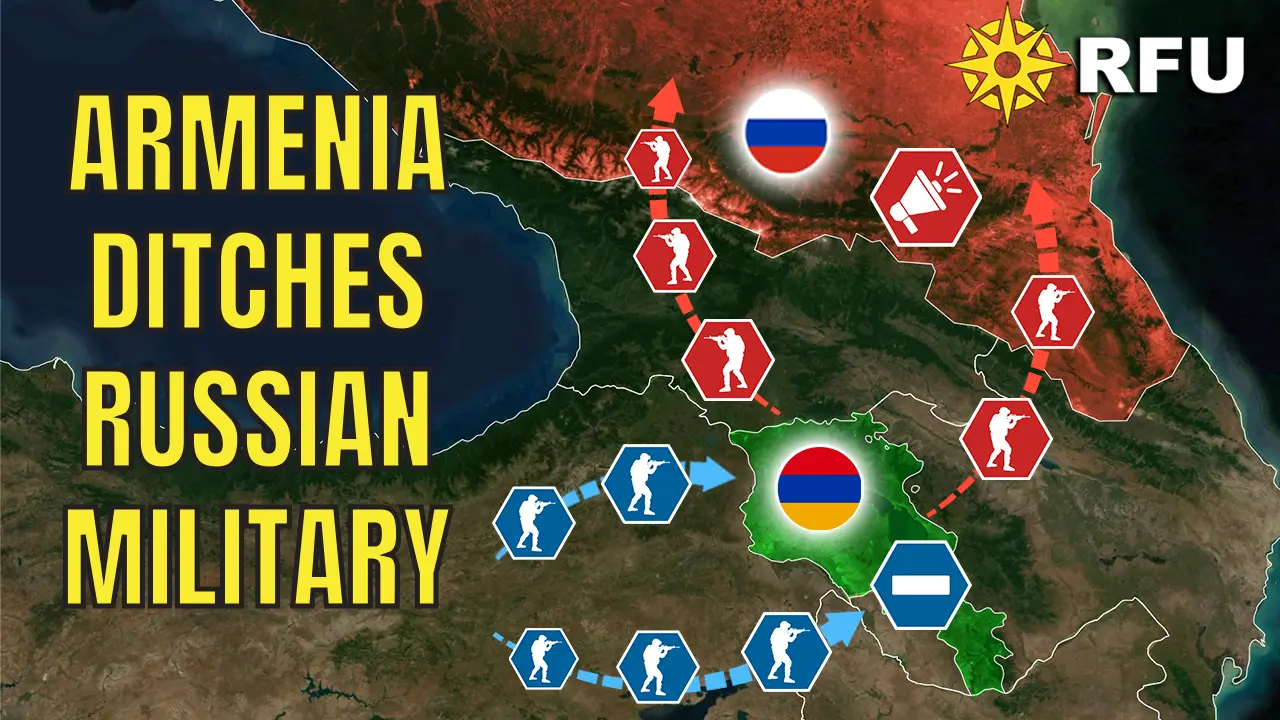
.jpg)
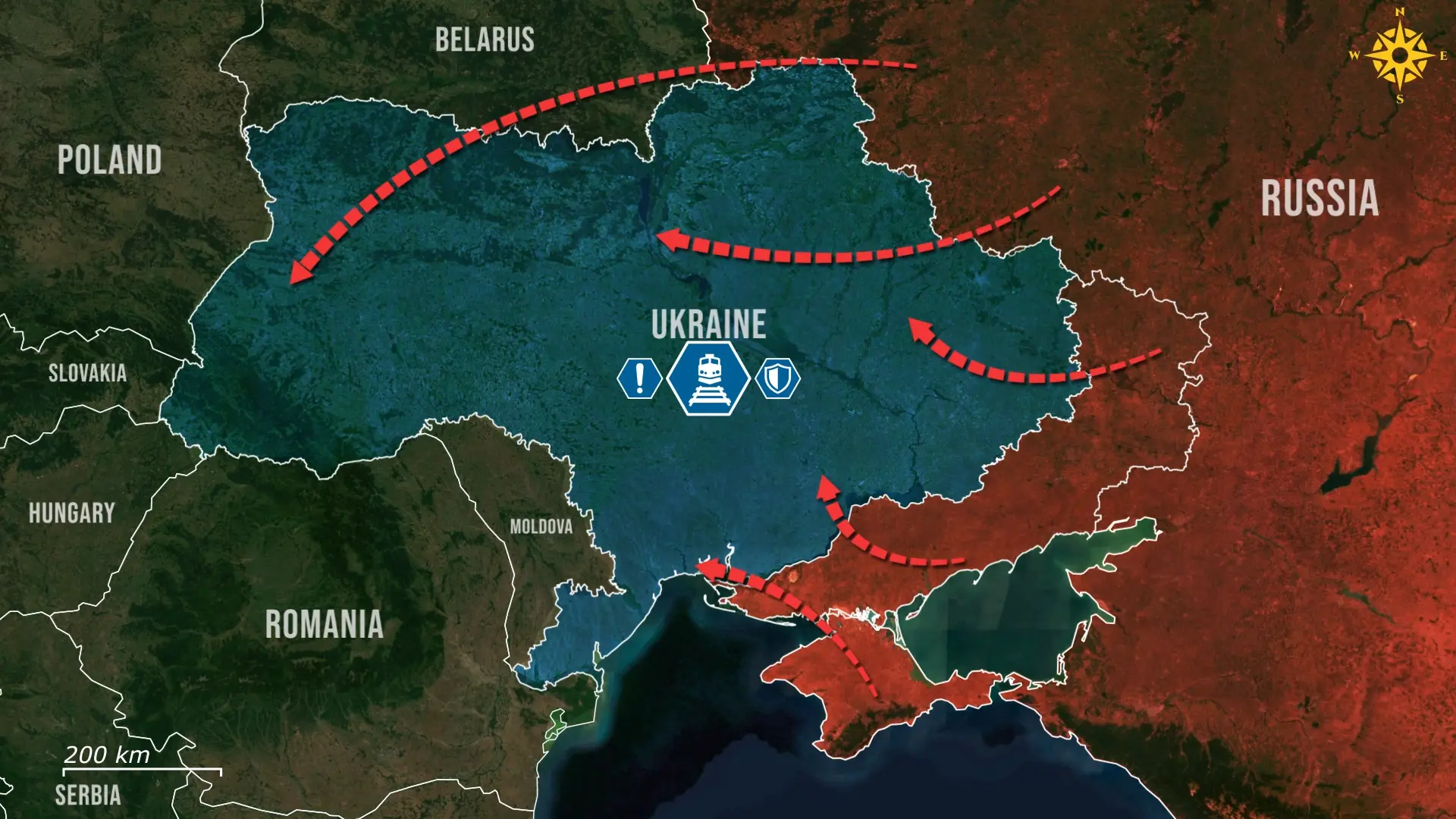
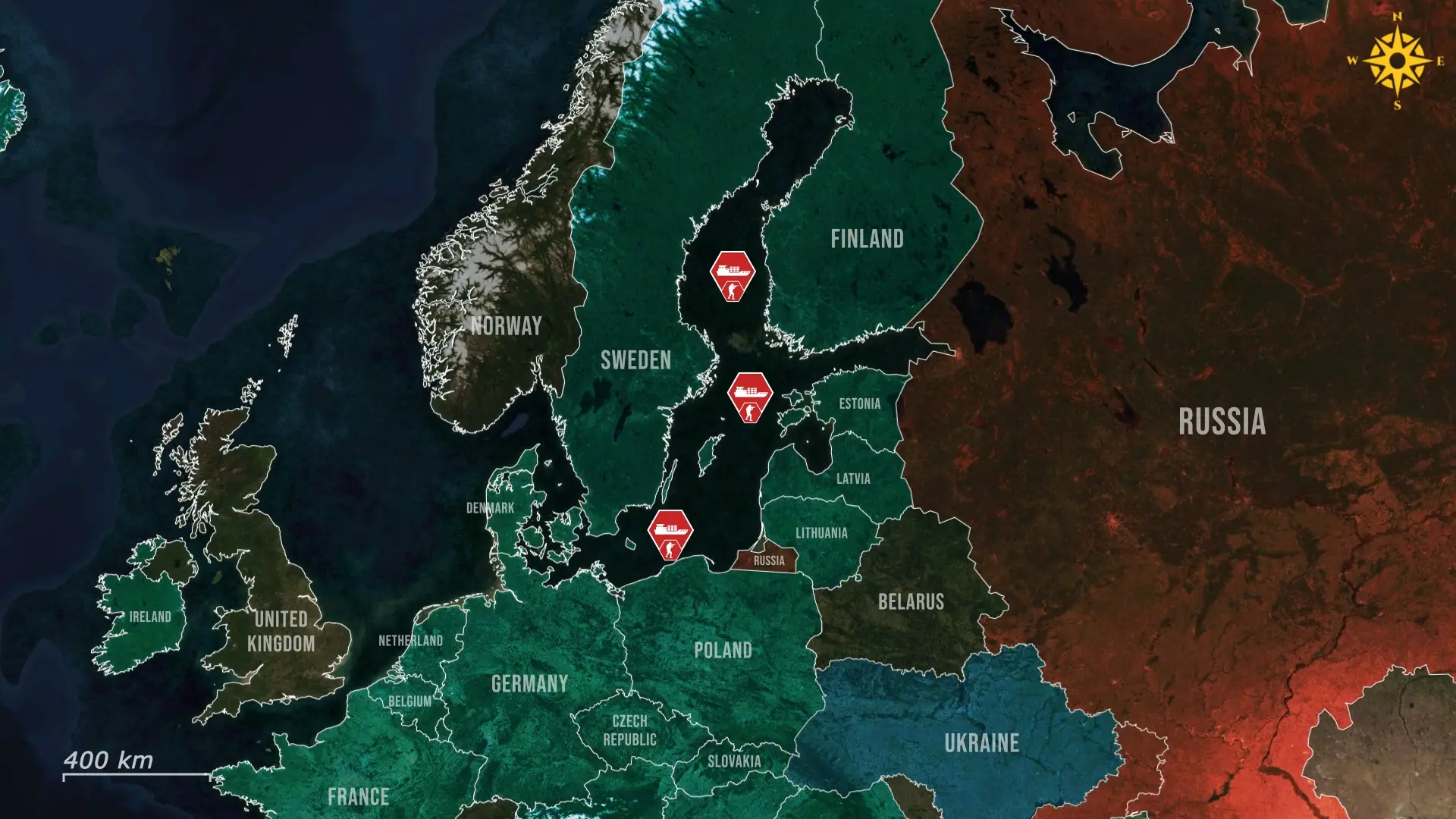
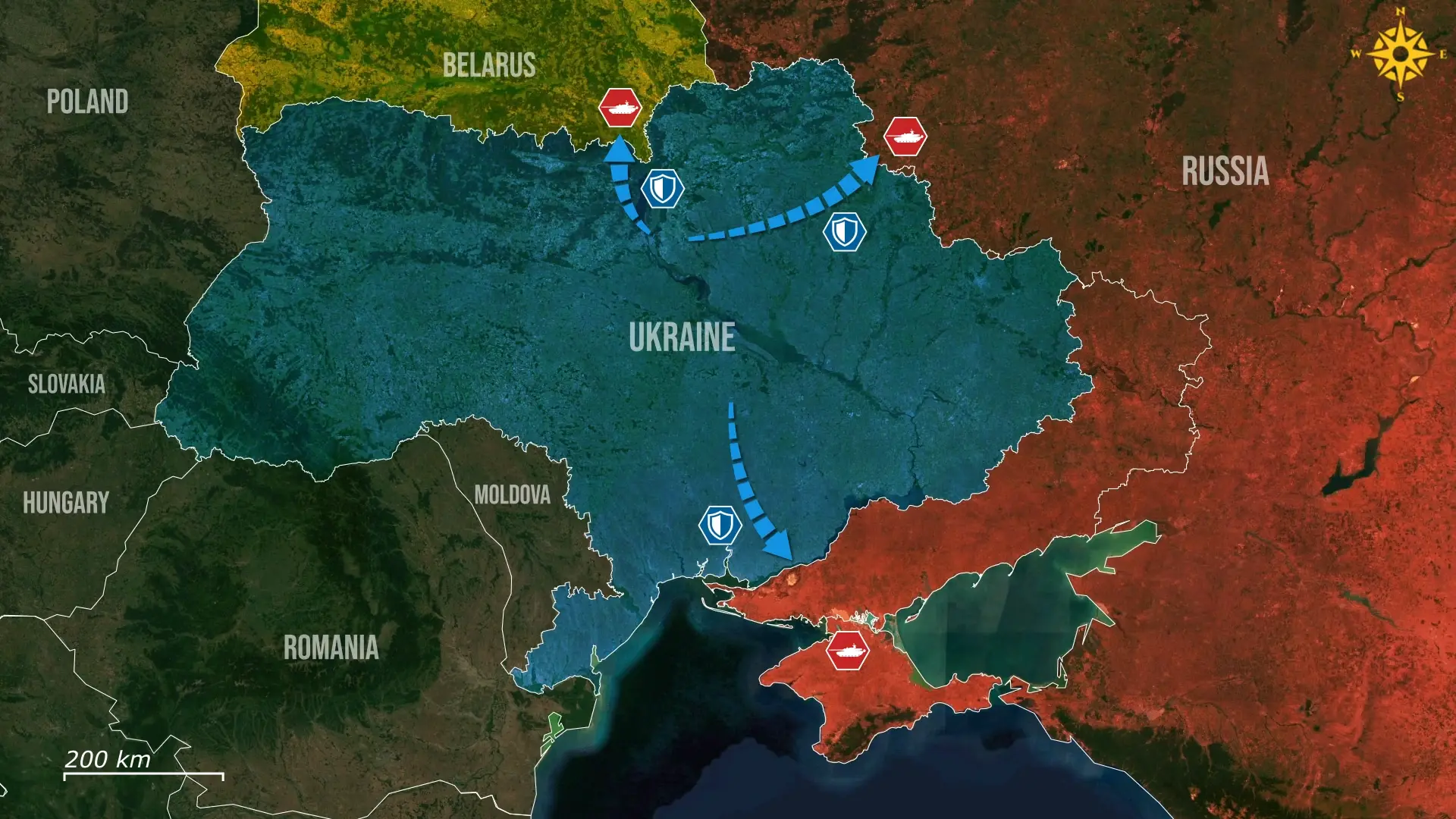
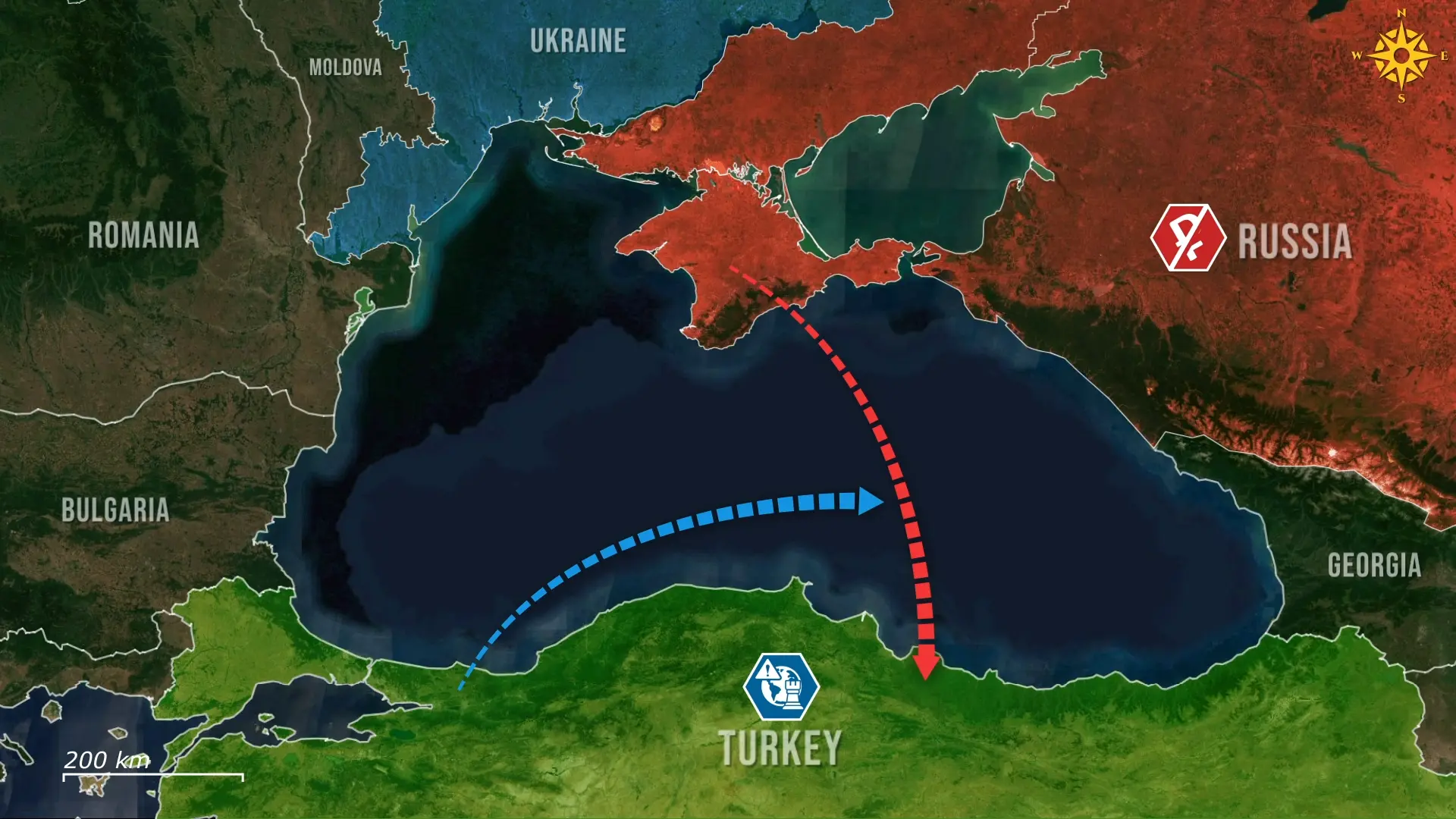
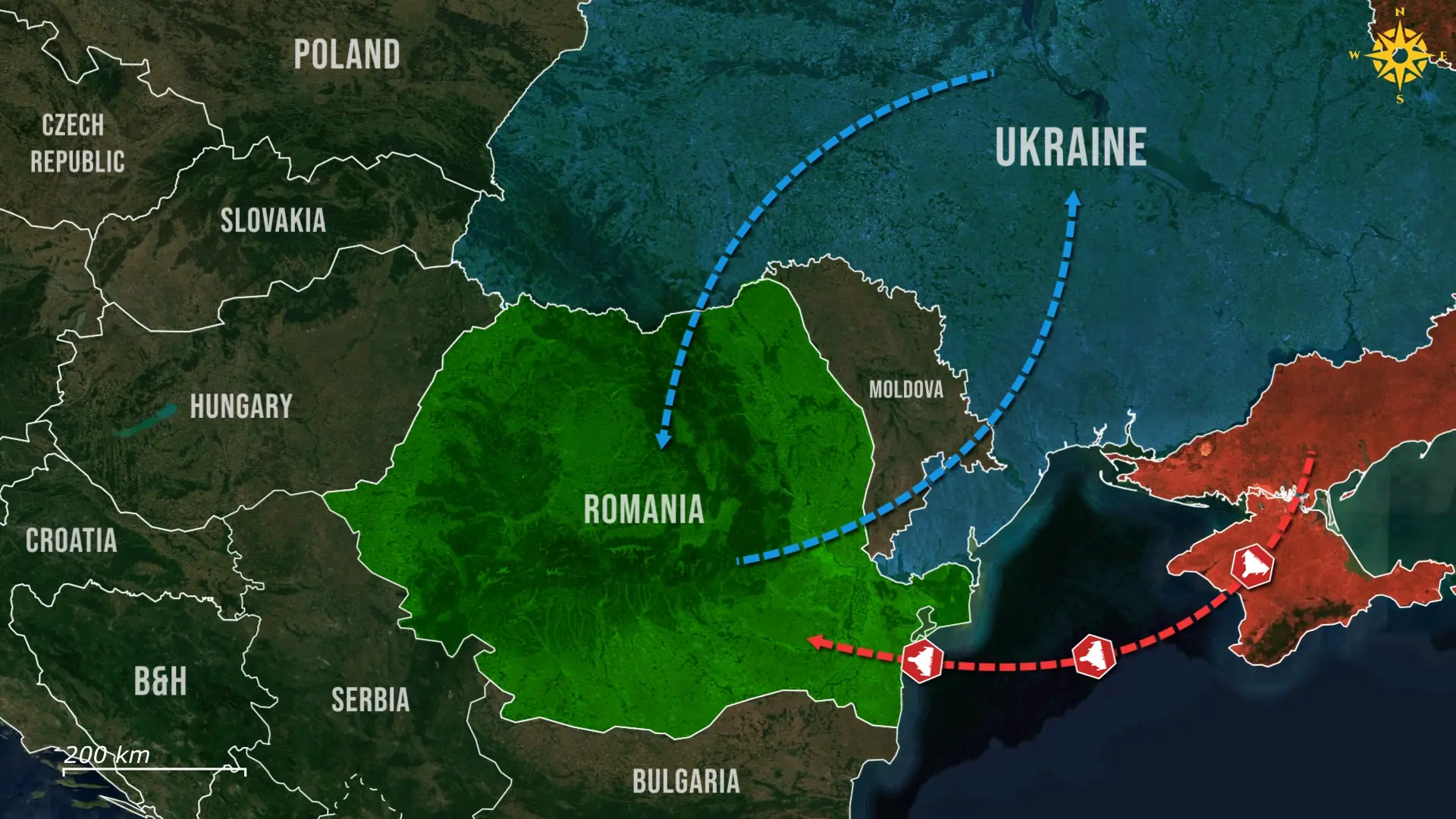
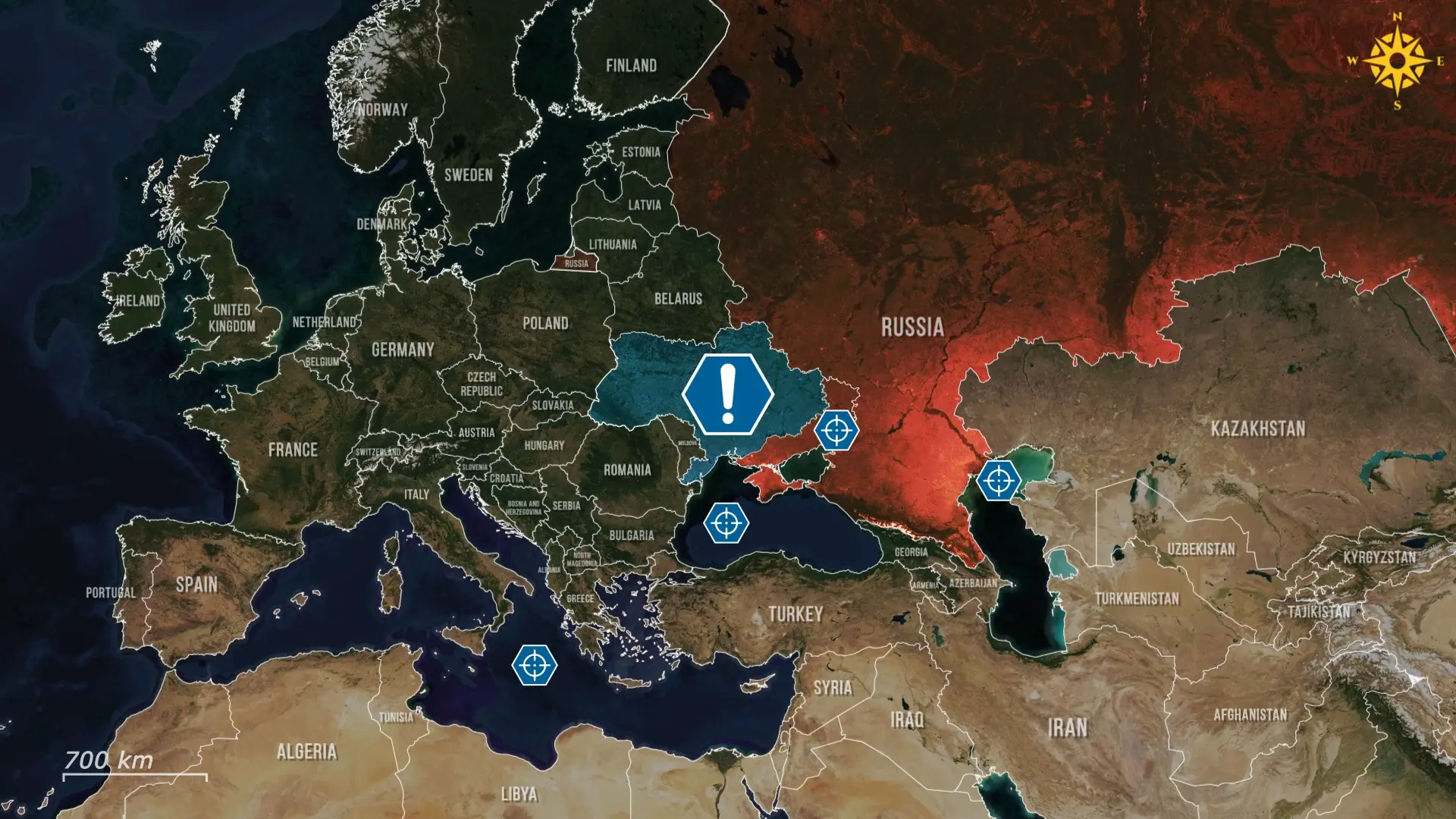
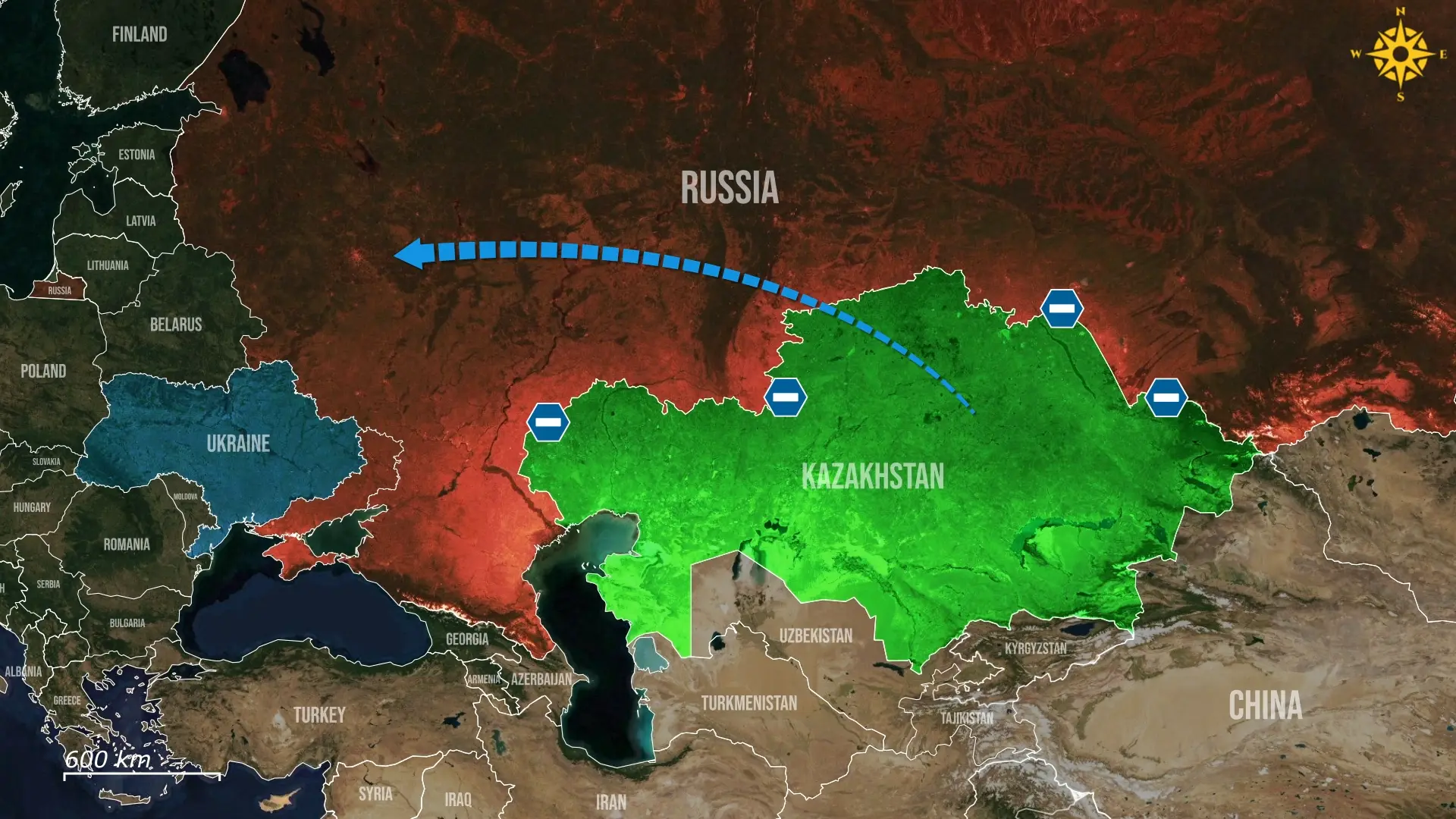
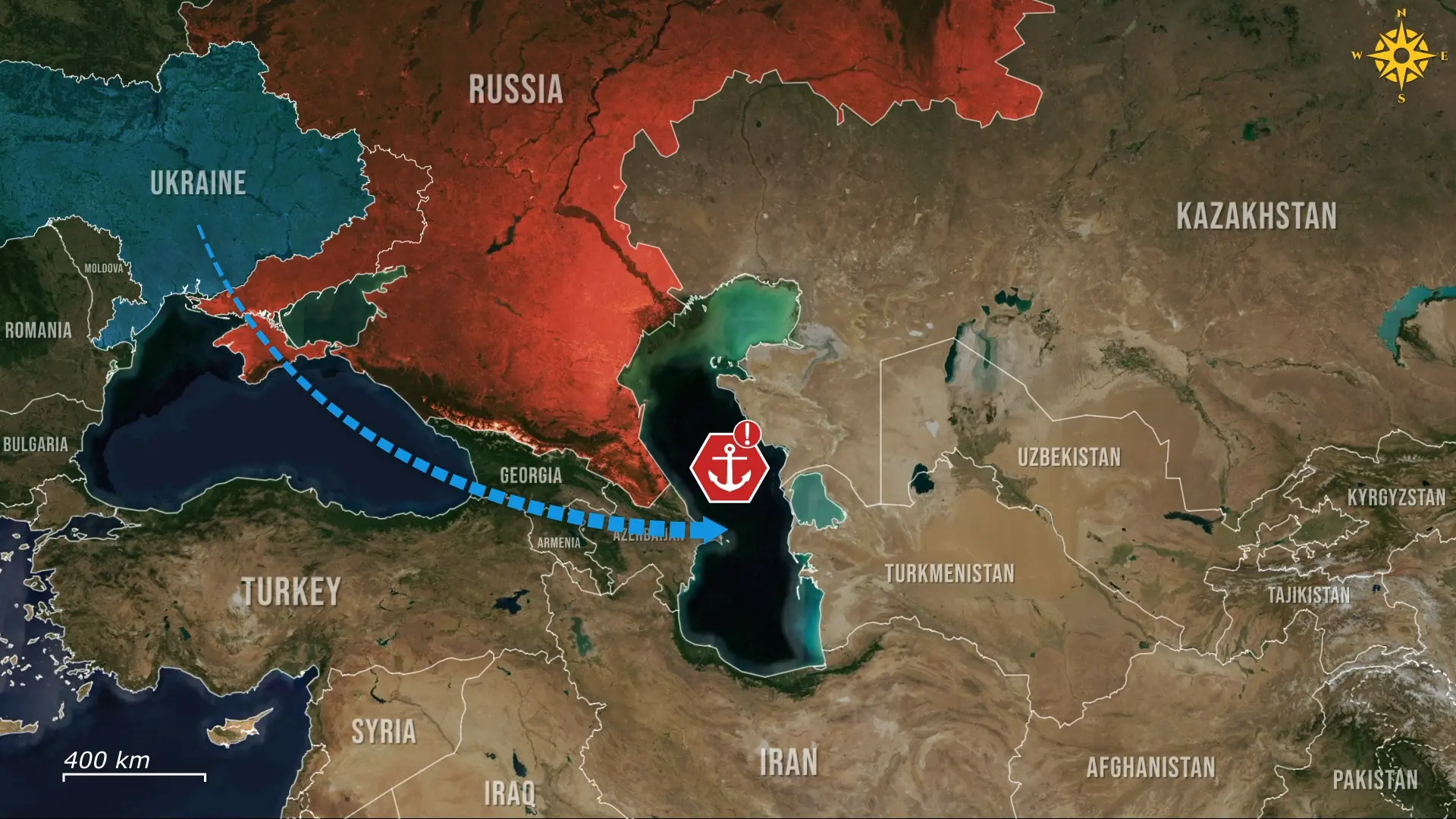
Comments